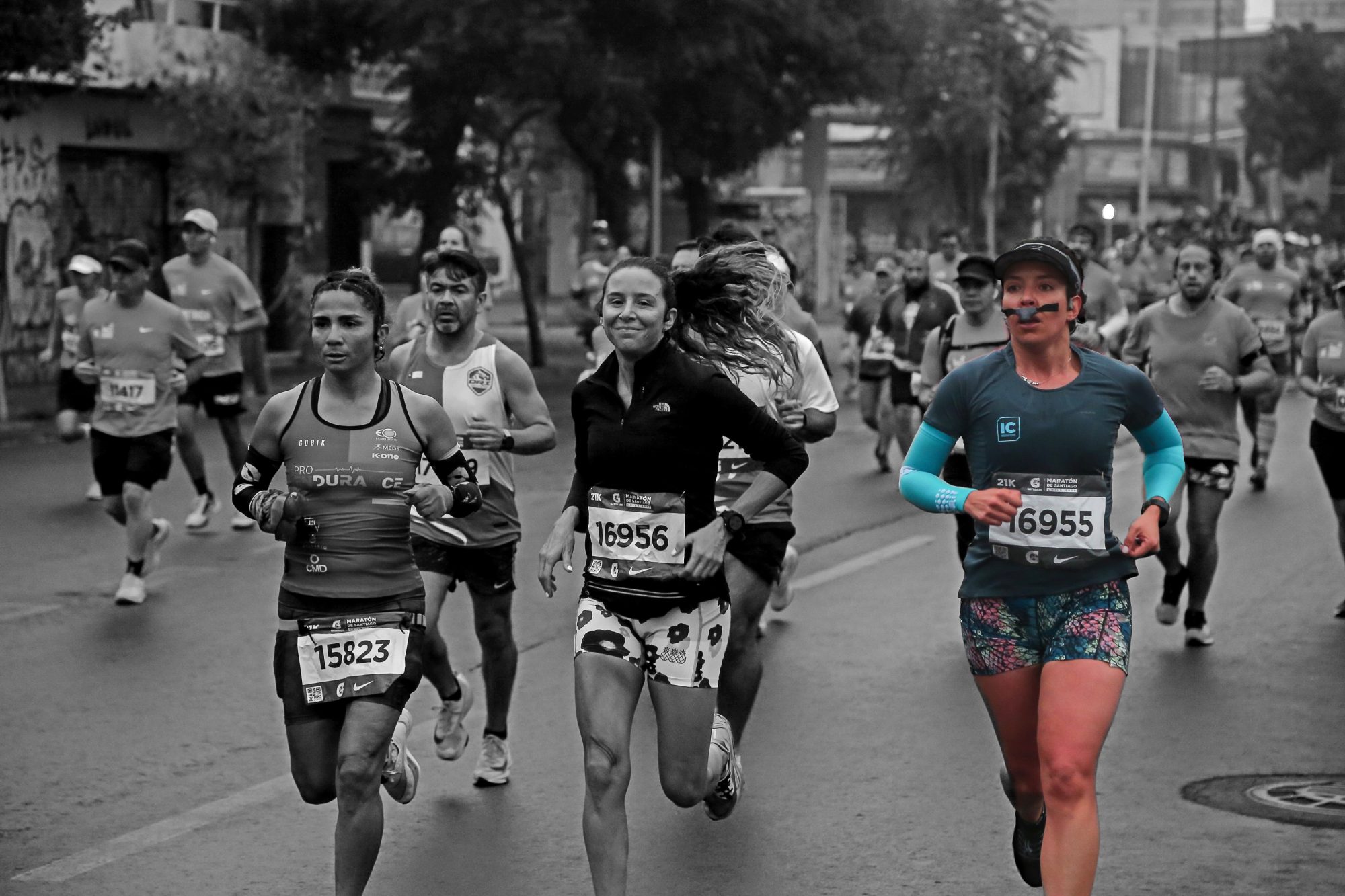This recent systematic review evaluated the use of different training methodologies, considering training intensity distribution (TID) as the key factor to optimising performance in middle and long-distance runners.
The study included 20 articles and determined that the literature recognizes 3 predominant types of TID, which can be subdivided into polarized, pyramidal and threshold models.

The Polarized model is characterized by a high volume at low intensity (phase 1: 75 to 80% of total training volume) and a moderate amount of training at a high intensity (phase 3: 15 to 20% of total training volume), with little or no training in phase 2 (0 to 5% of total training volume).
The Pyramidal model is also characterized by a high volume at low intensity (phase 1: 80%), with a decreasing proportion of training at threshold and high intensity (phase 2 and 3: 20% of total training volume).
And the Threshold model shows a higher training volume in phase 2 (> 20% of the total training volume) compared to the other models.
After reviewing the literature the authors concluded that in middle and long-distance runners the pyramidal TID model is predominantly used.
They also determined that there is evidence of greater performance improvements with pyramidal and polarized models.
Finally, they conclude that the combination of large volumes at low intensity ( ≥ 70% of total volume) and small volumes at threshold or high-intensity interval training ( ≤ 30%) is necessary to optimize adaptations to endurance training in middle and long-distance runners.
If you are a runner and you want to train following these recommendations, the first thing is to know your personalized training intensity phases, for this and much more you can use CHASKi.
And you, do you know your thresholds and training zones?
Source: Campos Y, Casado A, Vieira JG, Guimarães M, Sant’Ana L, Leitão L, da Silva SF, Silva Marques de Azevedo PH, Vianna J, Domínguez R. Training-intensity Distribution on Middle- and Long-distance Runners: A Systematic Review. Int J Sports Med. 2022 Apr;43(4):305-316. doi: 10.1055/a-1559-3623. Epub 2021 Nov 8. PMID: 34749417.

